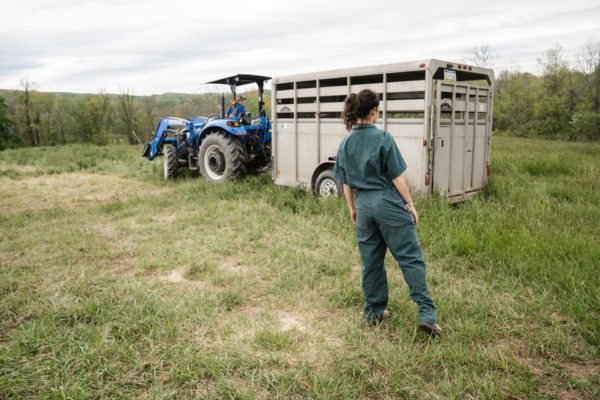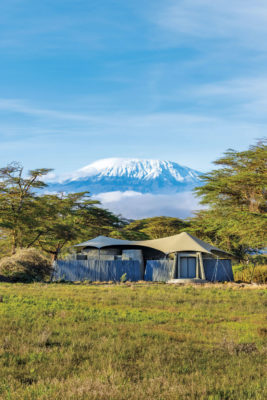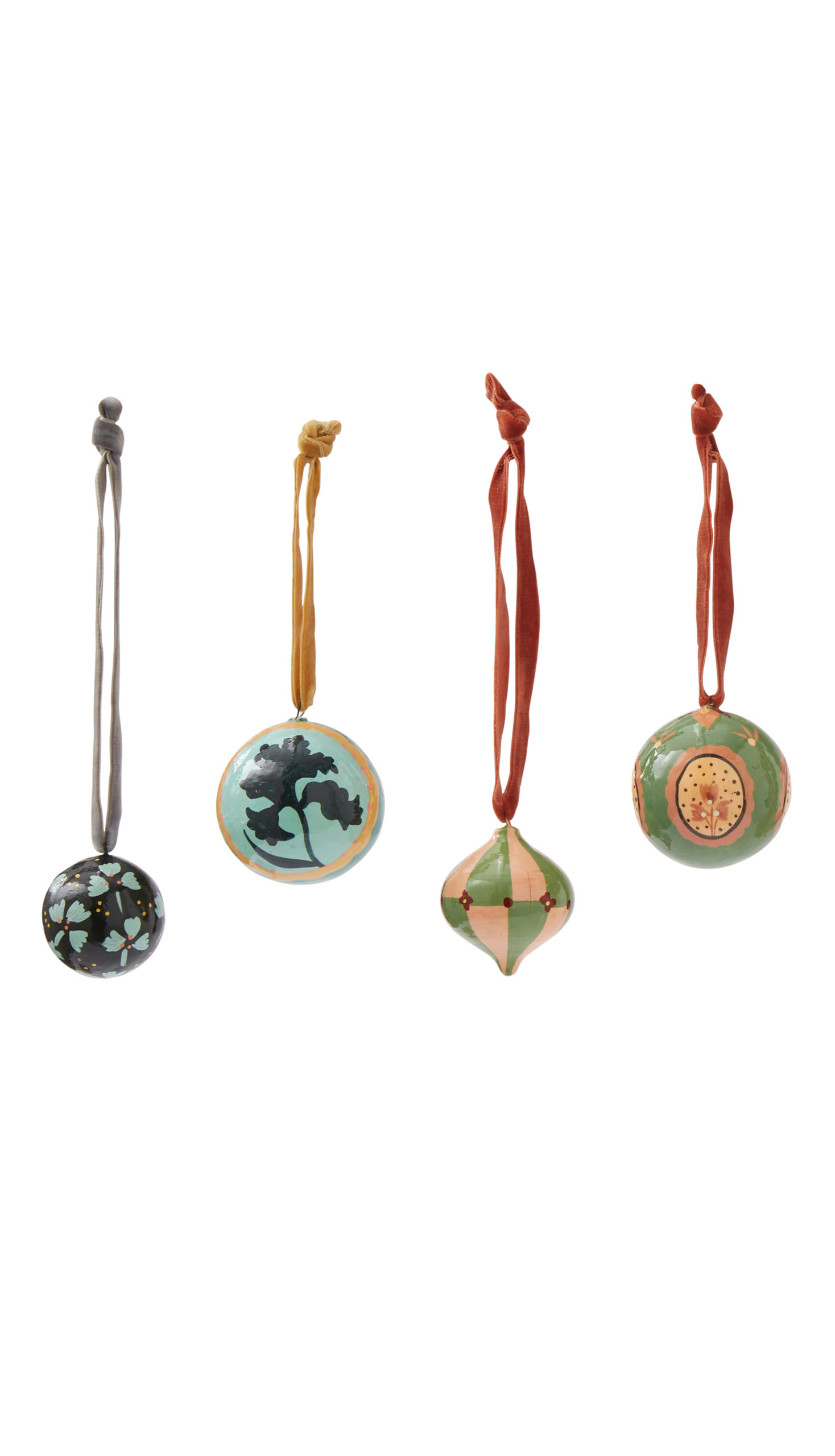
Quantum Fields Forever: Can Sound, Science & Soil Save Farming?
By
5 months ago
A deep dive into the farming system
From copper pipes in the soil to classical music for vines, Quantum Based Agriculture (QBA) is at the cutting-edge of farming innovation. Blending innovative quantum tech with a regenerative philosophy, this radical movement could help solve agriculture’s biggest challenges – if it can shake off the pseudoscience label. Jenny Jefferies investigates
Quantum Based Agriculture (QBA): What Is It?
‘Quantum agriculture is a four-fold farming system first developed by Hugh Lovel in 1986 as a research project for Union Agricultural Institute in Blairsville, Georgia. Based on observation of nature with deep respect for life, this system is being used by thousands of farmers around the globe.’ (Kieft 1994).
I came across this intriguing, if a little secretive, phenomenon when I was travelling through Europe on a mission to adapt my book Islands In A Common Sea: Stories of Farming, Fishing and Food Around the World into a docuseries. Purely by accident, we were engrossed with Dutch regenerative farmers, in a conversation about what is known in agricultural circles as ‘quantum farming’, and I’ve been assured that it is not pseudoscience but that it does have the potential to be revolutionary.
Indeed so, but what about the detail?
Quantum Based Agriculture (QBA) blends quantum science with biological systems, often in ways that are still being researched and debated around the world today.
Highly sensitive sensors using quantum mechanics can measure soil quality, nutrient levels, and plant health at microscopic or molecular levels and could enable hyper-precise monitoring, improvement of yield and the reduction of chemical inputs. Quantum computers can also be used to model complex biological systems; soil microbiomes, weather patterns, and crop genetics, which may lead to better predictions, optimized breeding and smarter resource use.
QBA could also improve communications from using long-range secure data transmission for farm monitoring or autonomous machinery through quantum encryption, which maybe relevant in smart farming and precision agriculture. Using copper pipes in the soil, for example, can also lead to the eradication of pest damage, an increase of crop yields and a natural, positive progression in efficiency and productivity on the farm.
Can music save British agriculture?
There is increasing evidence to prove that the science behind sound waves is having a beneficial effect upon the growth of crops and plants. Grapes are an important perennial crop around the world and viticulture is the fastest growing agricultural sector in the UK (Zielonka, N.B., et al, 2024). Using music and homeopathic remedies, particularly in organic and biodynamic viticulture, vineyards in South America and France, for example, often play classical music to their vines to help improve growth and reduce pest damage. The violin, to be one of the most life enhancing instrument of them all, so says Dr. T.C. Singh, the Head of Botany Department at Annamallli University (Agarwal. P. 2012).
Plant sound wave technology (PSWT) is the use of sound waves to improve crop productivity and quality through optimization of stomata opening so that plants are able to absorb nutrients and water optimally (Hendrawan, Y. et al. 2020). A report from New Scientist (Coghlan, A. 2007) suggests that exposure of plants to certain types of sound wave frequencies can result in ‘sound sensitive’ genes being activated and plant growth improving.
So, ‘Sonic Bloom’ (Weinberger. P., et al. 1973) or ‘Green Music’ (Qin. Y.-C., et al. 2001) ‘is not just a field of knowledge and art, it is extremely powerful too’. (Agarwal, P. 2012).
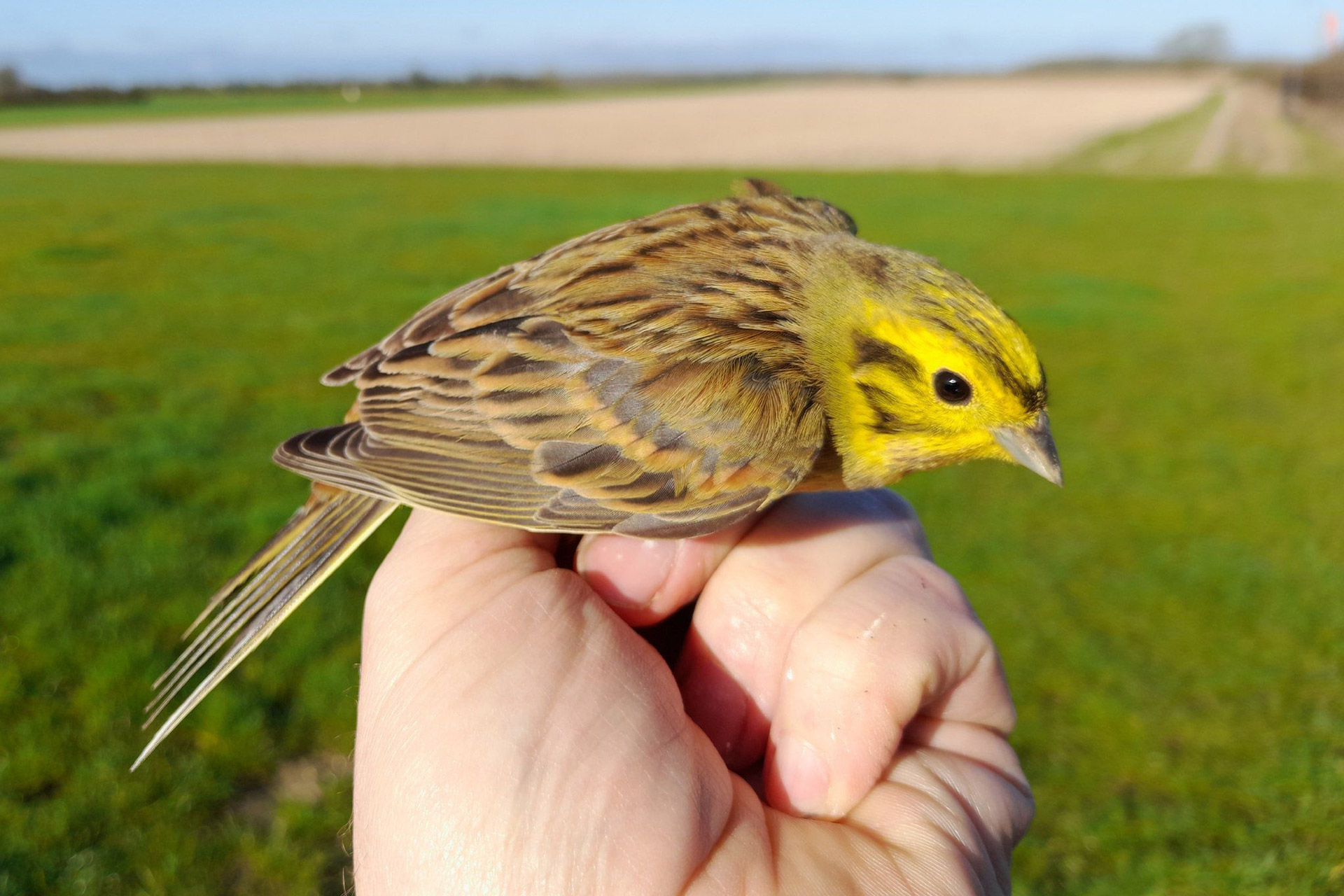
Jenny Jefferies
While apparently, the fairly constant and specific intervals (rather than pitch) in melodies sung by birds may actually encourage protein growth in surrounding plants and crops (Kieft, H. 1994). This is called ‘genodics’; a word that combines ‘gene’ and ‘melodies’. French quantum physicist Joel Sternheimer, who is also a musician, ‘discovered the relevance of high frequency sound signals in the synthesis of proteins’ (Lovel, H. 2015) which broadcasts specially designed music with which farmers are able to support immediate plant and crop growth along with animal health. However, further studies on this are required.
Maybe farmers don’t need to put up speakers in the corners of their fields, vineyards and greenhouses to play man-made music, but instead, encourage birds to live and feed in the fields of the farms themselves. This is where regenerative agriculture comes into its own; increasing local bird population by planting hedgerows and wild flower margins to boost insect life for the birds to feed off, and in turn, increasing bird numbers.
Is all of this credible?
This is an increasing quiet, global, fringe movement that is not yet mainstream, but enjoys a louder noise amongst people ‘in the know’. The Conscious Food Systems Alliance (CoFSA), which is a movement of food, agriculture, and consciousness practitioners, convened by the United Nations Development Programme, is united around a common goal: to support people from across food and agriculture systems to cultivate the inner capacities that activate systemic change and regeneration. It is mainly a global network that aims to cultivate inner capacities for regenerative food systems.
There is also the third International Biodynamic Research Conference: Researching Biodynamic Agriculture at the Royal Agricultural University in Cirencester, Gloucestershire, England which was established in 1845; the first agricultural college in the English-speaking world, which will take place between the 31st August and the 4th September 2025.
The Global Assessment Report on Biodiversity and Ecosystem Services by the Intergovernmental Science-Policy Platform on Biodiversity and Ecosystem Services (IPBES), the first one in about 15 years, combines science with policy and makes a very interesting read around this subject (Brondízio, E.S. et al. 2019).
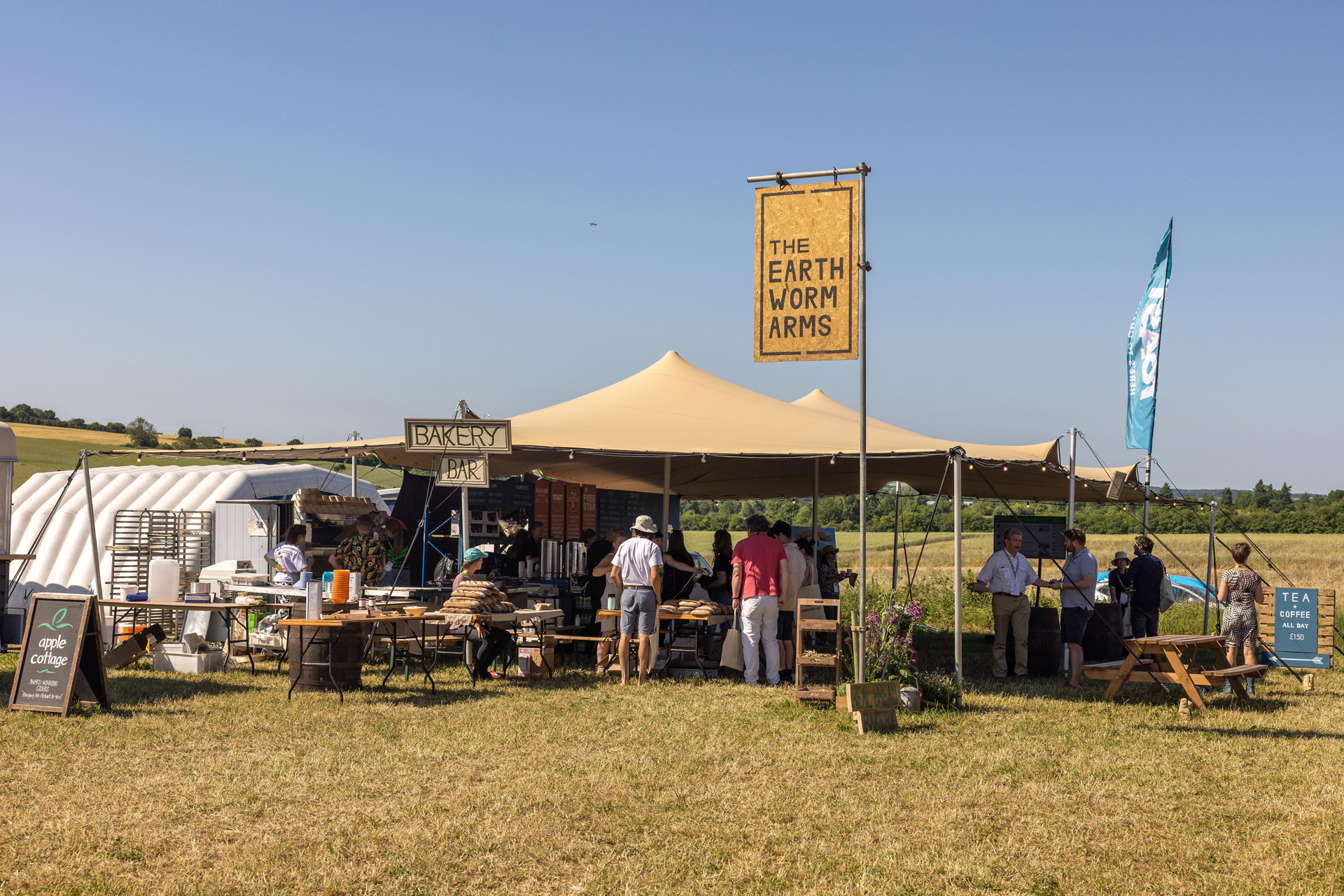
Groundswell
The quantum future?
Although we are currently in the very early stages of regenerative agriculture, at least here in the UK, the quantum future perhaps promises to help farmers achieve the production increases they need to achieve optimal food security.
QBA could re-define how we grow our food, and as farming faces challenges like climate change, soil degradation and the need for efficient resources, both high-tech and holistic innovations are beginning to gain attention.
As Patrick MacManaway, otherwise affectionately known as The Land Whisperer, and who spoke at this year’s Groundswell, the annual regenerative agricultural festival in Hertfordshire, said that it’s all about ‘bringing the landscape to its natural optimum healthy state.’ And I think we can all get onboard with that.
Follow @jennyljefferies
References:
- Agarwal. P. (2012). Plant response to music sound frequencies. International Journal of Music Therapy, Vol 2, issue 1-2, pages 25-30.
- Brondízio, E.S., Settele. J., Diaz. S., Ngo. H. T. (2019). The Global Assessment Report on Biodiversity and Ecosystem Services. IPBES.
- Qin. Y.-C., Lee. W.-C., Choi. Y.-C., Kim., T.-W., (2003). Biochemical and physiological changes in plants as a result of different sonic exposures,
- Ultrasonics, vol. 41, issue 5, pages 407-411.
- Coghlan, A. (2007). Plant growth and sound. New Scientist, issue no.: 2619.
- Hendrawan, Y. et al. (2020). Effect of plant sound wave technology to increase productivity of mustard greens (Brassica juncea L.) IOP Conf. Ser.: Earth Environ.
- Kieft, Henk. (2019). Quantum Leaps in Agriculture: Exploring quantum principles in farming, gardening and nature. Lap Lambert Academic Publishing, Mauritius.
- Lovel, Hugh. (2015). Quantum Agriculture: Biodynamics and Beyond. Quantum Agriculture Publishers, Blairsville, Georgia, USA.
- Weinberger, P., Graefe, U. (1973). The effect of variable sound frequency sounds on plant growth. Canadian Journal of Botany, vol. 51, no. 10.
- Zielonka, N.B., et al, (2024). Management practices, and not surrounding habitats, drive bird and arthropod biodiversity within vineyards. Agriculture, Ecosystems and Environment.





